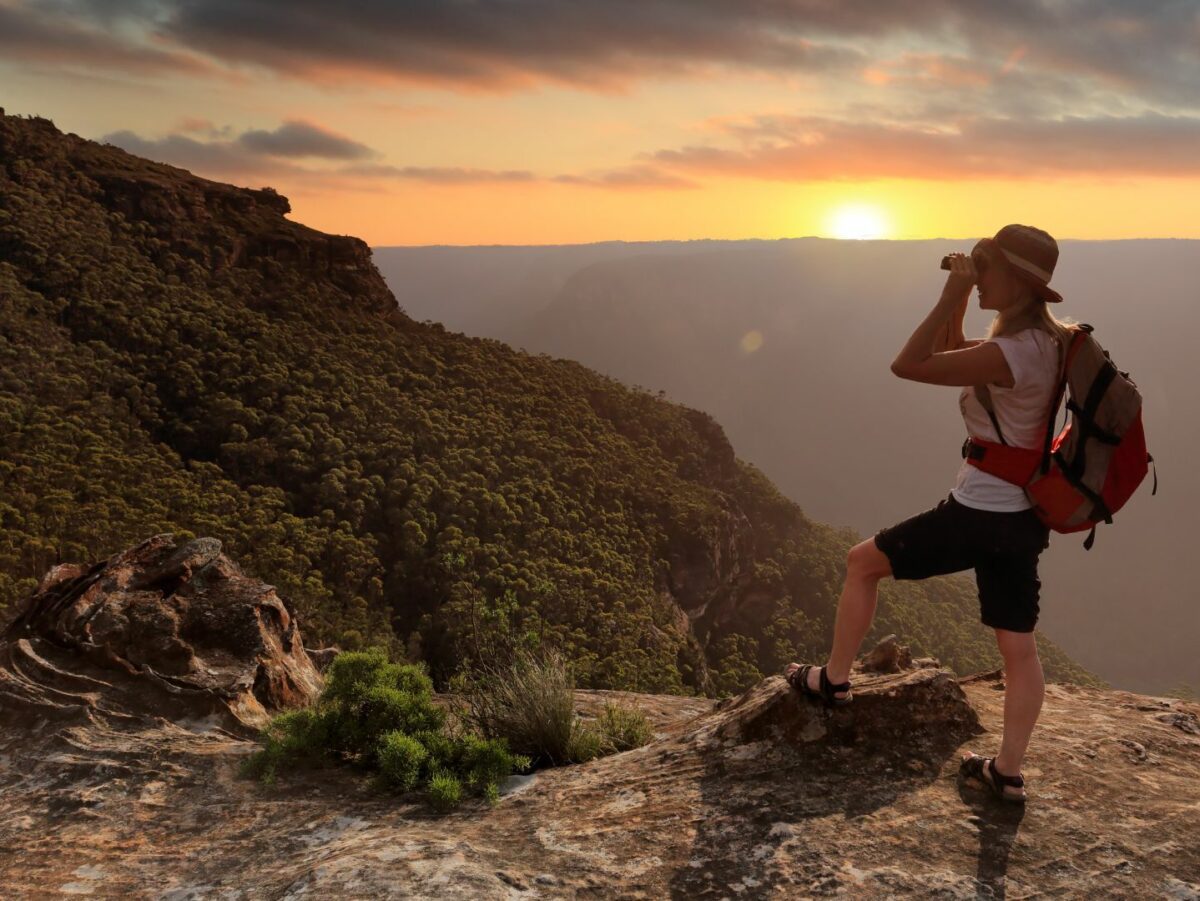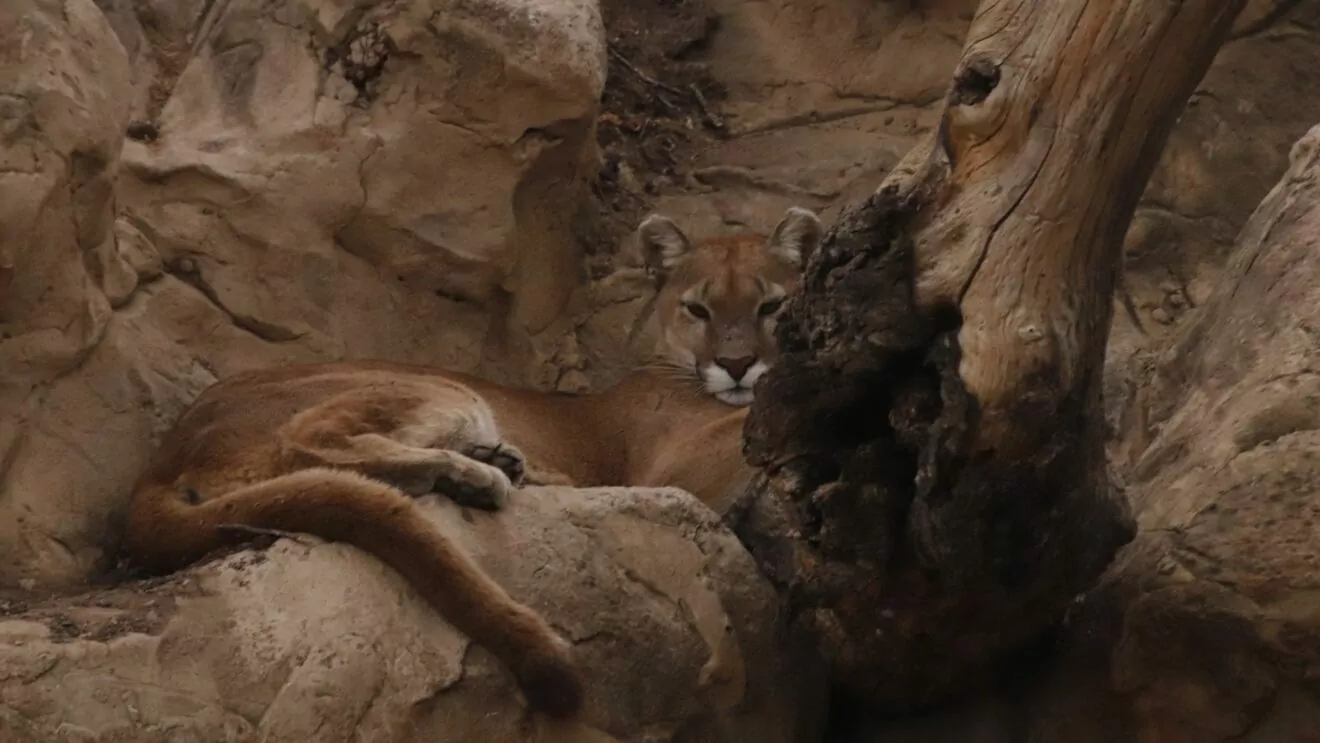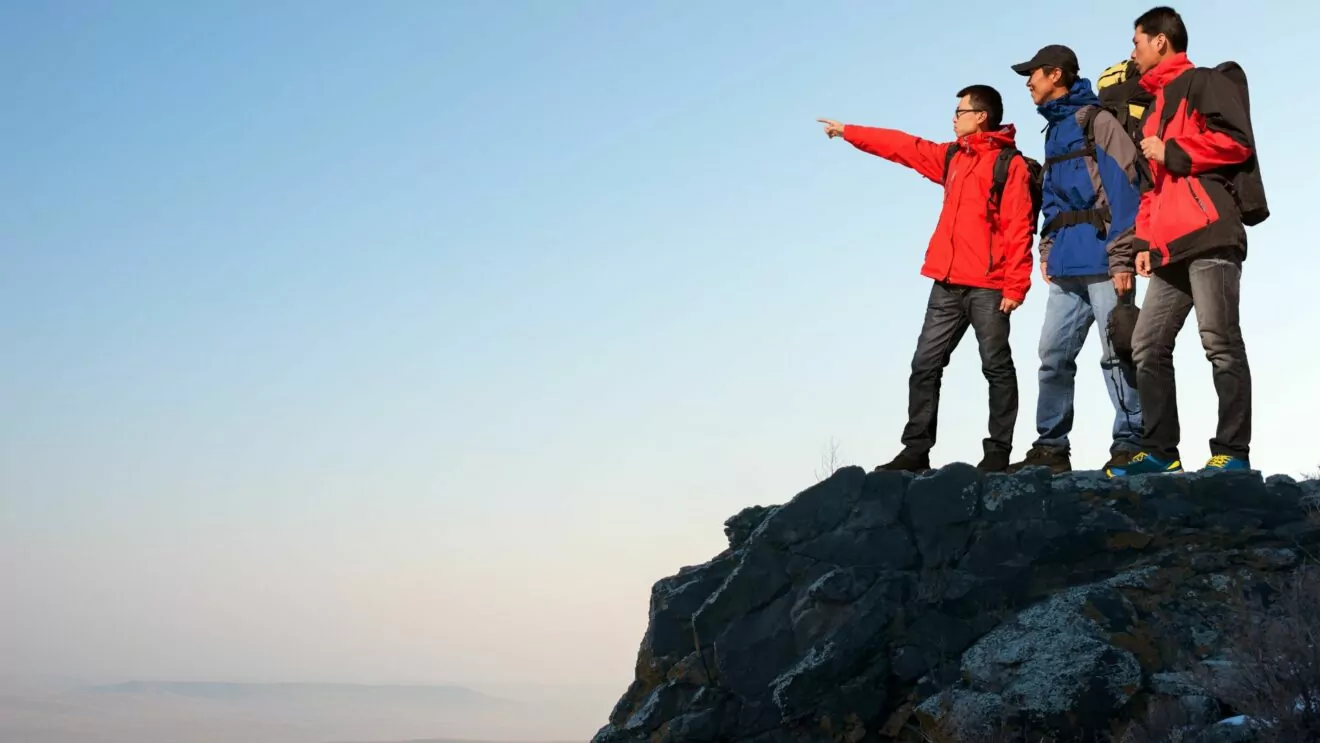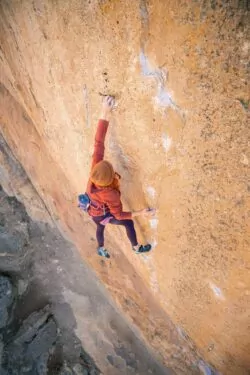Wildlife Safety Tips On and Off the Trail

Spending time in nature is full of wonder, with a lot of outdoor magic stemming from wildlife sightings. Watching birds of prey soar high above a meadow of grazing bison can stop you in your tracks. But the sense of peace you might experience around wildlife is only because there is a safe distance between you and the animals.
Close encounters with wildlife could result in an amazing story or a dangerous experience. It is best practice to avoid direct wildlife encounters in order to keep all parties safe (and wild). Read along for our tips and tricks for staying prepared and safe for wildlife encounters on and off the trial.
How to Minimize Unwanted Wildlife Encounters
Before we get into how to deal with crossing a bear on the trail or removing the pestering squirrel from camp, let’s go over actionable steps to limit encounters in the first place. While experiencing wildlife can be magical, it’s the wild element that makes them unique. Would you rather experience an animal eating the last of your favorite snacks or catch a view of an endangered peregrine falcon feeding its babies? Minimizing unwanted wildlife encounters allows for the beauty in the special wildlife encounters to be truly felt.
Make Noise
When taking to the trail or the backcountry it is best practice to make noise every so often, especially if you are in bear or cougar country. This allows animals to hear you coming and they will likely put some space between you before you can sneak up on them.
Most animals won’t attack unless they feel threatened, which can easily happen if they feel they’ve been snuck up on. Think about flight or fight and evolutionary concepts here. Use tactics like saying “hey bear” every five to ten feet, or sing out loud, bring a small instrument, or wear a bell.
Avoid Hiking at Dawn or Dusk
Dusk and dawn are when animals are most active. If you do decide to take to the trials during these hours take extra precautions and always let someone know where you’re going and when you’re expected to be back.
How to Properly Store Food
One of the best things to do to keep unwanted animals away is to store your food properly. Leaving food unattended and outside of food storage containers is like inviting your furry neighbors to come by. Store food in your cooler or your car when you’re away from camp. If you’re in bear country use the allotted bear food storage containers. This applies to everything food related at camp: trash bags, dry food, empty food containers and even cookware. Animals are an interested bunch.
Don’t Feed The Animals
Feeding wild animals might seem like a nice thing to do, but it ultimately hurts them. Wild animals will keep coming back to spots they are fed, much like Pavlov’s Dog. They will continue to return to that campsite even after you’ve left pestering future nature enthusiasts as well.
Animals aren’t used to eating human food, even if it seems innocuous like a banana or peanuts. Giving wild animals food can be harmful to their digestion, unexpectedly poisonous, and can create future problems with the local ecology if the animals end up spreading non-native seeds.
What to if you Encounter Wildlife?
Research the area you will be spending time and the various types of wildlife that will be present. Learn their tracks, including footprints, scat, and fur, so you can be alert to one being nearby. Know what to do should you cross a dangerous animal in that area. Use all your senses to stay aware of your surroundings to mitigate close encounters (that means leaving your headphones at home).
We’ve compiled a list of helpful hints should you encounter dangerous animals in nature.
Cougars and Mountain Lions
Cougars are rarely seen in the wild–hard to believe after the frightening video of a man on a run in Utah who surprises a mother cougar and her cubs went viral–but they are. If cougars do encounter humans, they often retreat and attacks are rare.
Should you find yourself in front of a cougar, follow these guidelines:
- NEVER take a step towards the cougar and never approach it
- Do not run, running could trigger the cougar’s instinct to attack
- If small children are around, pick them up and put them behind you
- Make yourself bigger and taller by raising your arms above your head and if you have extra clothing hold it between your hands to give the illusion that you are big
- Speak firmly and slowly back away (always facing it)
- If the animal seems hostile, yell and throw rocks at it to let it know you’re a threat and a danger
Moose
Moose are commonly found throughout North America and typically are not aggressive, but they will defend themselves should they feel threatened. If you encounter a moose outside, follow these guidelines:
- Did the moose see you? If not, stay quiet and try to remain undetected as you back away
- If the moose has it’s ears laid back and raised hair on it’s back and shoulders, it might be ready to attack
- Talk softly to the moose and move away slowly
- Remain slow and calm, soft and easy, acting aggressively could trigger the moose to react dangerously
Bears
Bears seem to be what most people are afraid of running into, yet most outdoor enthusiasts love spotting them. They are majestic creatures, but encountering a bear while gleefully hiking can turn a nature romp into a nightmare fast.
Bears typically leave when they feel threatened, however they can be unpredictable and the potential for danger is high. Here are some helpful hints for such an encounter:
- NEVER approach the bear
- If baby bears are present, be extremely cautious and stay far away. Mothers are very protective of their young.
- If you have bear spray (which we recommend) get it out and be prepared to use it
- If you notice the bear and it doesn’t notice you, back out slowly and reroute
- If you encounter a black bear: get large and try to seem bigger than you are
- If you encounter a grizzly bear: stay calm, back up slowly, don’t make eye contact and try not to seem like a threat
For more information on bear country check out this thorough article.
Snakes
Snakes are usually non-combative if left to their own devices, however it is easier than one might expect to surprise a snake. Since snakes dwell under rocks or fallen trees, choosing the wrong seat for lunch or a water break could mean disturbing a snake’s lair.
It’s best practice to learn the markings for local snakes, both venomous and nonvenomous. Should you discover a snake on the sidelines here are some things to consider:
- Calmly and slowly back away
- If there is no other way around and you must go ‘through’ give the snake a very wide berth
- If you get bit: stay calm, clean the wound with soap, and go to a hospital ASAP
- Take extra precaution if hiking with your pet. Some dogs will act as the aggressor toward a snake; a dog biting a snake can release harmful toxins even if the snake doesn’t bite back.
Elk
Found mostly in western North America, elk can attack if they feel threatened. They are most aggressive during mating season in the fall. Should you come across an elk in the wild, here’s what to do:
- Keep a strong distance of about 150-200 feet
- Do not touch them or calves
- If one approaches you, slowly back away and allow it space to pass
Ensure you are Prepared
The best way to prepare is to ensure you understand the dangers that could arise, and how to mitigate them. Understand the area you’re exploring, bring along the right protective equipment, remain alert, and always communicate to another where you’ll be. We hope you’ve gleaned some safety tips and feel empowered to hit the trails with a deeper understanding of wildlife encounters. Go get after it!






